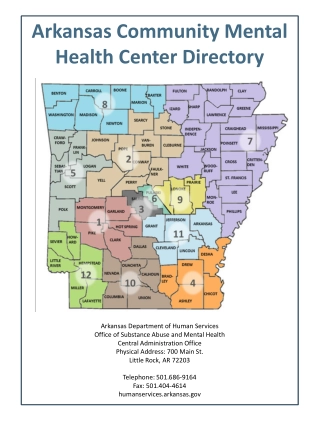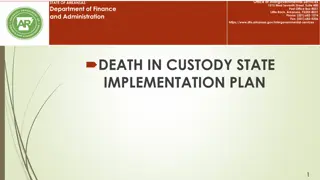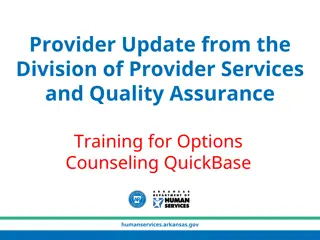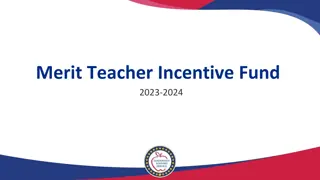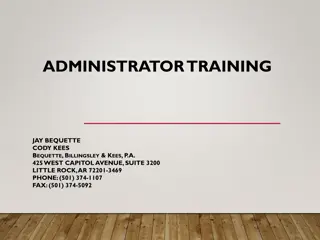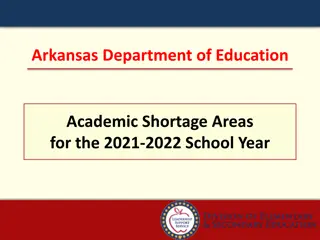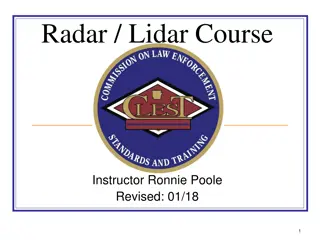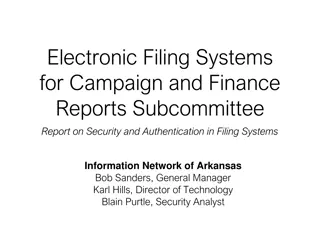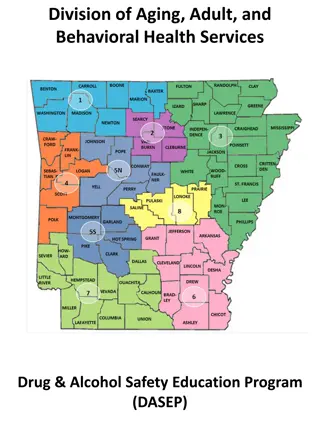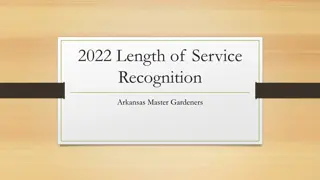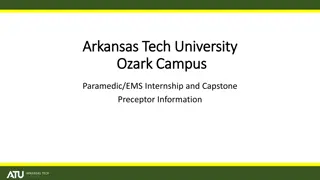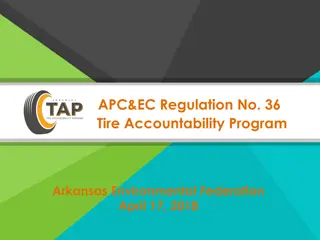
Unlocking the Power of Career and Technical Education in the Global Economy
Explore the evolution of Career and Technical Education (CTE) from vocational training to a crucial role in preparing individuals for diverse careers in the dynamic global economy. Discover the principles guiding CTE's reinvention and its partnership with employers to provide high-quality, dynamic programs aligning with industry needs.
Download Presentation

Please find below an Image/Link to download the presentation.
The content on the website is provided AS IS for your information and personal use only. It may not be sold, licensed, or shared on other websites without obtaining consent from the author. If you encounter any issues during the download, it is possible that the publisher has removed the file from their server.
You are allowed to download the files provided on this website for personal or commercial use, subject to the condition that they are used lawfully. All files are the property of their respective owners.
The content on the website is provided AS IS for your information and personal use only. It may not be sold, licensed, or shared on other websites without obtaining consent from the author.
E N D
Presentation Transcript
A NEW VISION Preparing our workforce for a dynamic global economy if Preparing our workforce for a dynamic global economy if the United States is to retain its leadership position. the United States is to retain its leadership position. Career and Technical Education (CTE) Career and Technical Education (CTE) Is not Vocational Education Is not Vocational Education
REFLECT: AN EVOLUTION Early 1900s, vocational education was designed to train Early 1900s, vocational education was designed to train individuals with job individuals with job- -specific skills. specific skills. Vocational Education helped drive our nation s economic engine Vocational Education helped drive our nation s economic engine throughout the 20 throughout the 20th thcentury. century. Today CTE programs at secondary, postsecondary and adult Today CTE programs at secondary, postsecondary and adult levels prepare individuals for a wide range of careers such as levels prepare individuals for a wide range of careers such as Health care/bio-medical Renewable energy Hospitality Nanotechnology Engineering Logistics Law enforcement Information technology
TRANSFORM: A REINVENTION 21st Century needs and the pace of technological changes, demographics have created an urgency to evaluate the role of CTE in the United States National Association of State Directors of Career Technical Education Consortium has developed a bold vision to guide CTE s role in our nation s educational, workforce and economic advancement and success The following 5 principles form the bold vision of CTE.
PRINCIPLE 1: CTE IS CRITICAL TO ENSURING THAT THE UNITED STATES LEADS IN GLOBAL COMPETITIVENESS. Develop a national common core of technical standards Develop a national common core of technical standards Initiate federal policy that secures CTE s leadership role in Initiate federal policy that secures CTE s leadership role in leading alignment among education, economic development and leading alignment among education, economic development and workforce development, and increases U.S. investment in CTE. workforce development, and increases U.S. investment in CTE. ACT 743 enacted in 2011 Legislative session defining CTE s role in Arkansas Launch a marketing and communications campaign to showcase CTE s critical role in transforming the way education is delivered to all students.
PRINCIPLE 2: CTE ACTIVELY PARTNERS WITH EMPLOYER TO DESIGN AND PROVIDE HIGH- QUALITY, DYNAMIC PROGRAMS. . Partner with business ad industry to develop and implement rigorous CTE programs of study. Partner with business and industry organizations to ensure that the credentials earned by students enrolled in CTE programs are valued by the labor market. Close skill gaps providing earners of all ages with access to the education and training necessary to e highly competitive in the labor market.
PRINCIPLE 3: CTE PREPARES STUDENTS TO SUCCEED IN FURTHER EDUCATION AND CAREERS Support policies that require all students to have a career plan that clearly maps out a strategy to achieve their education and career goals. Promote the acquisition of college and career ready standards. Support the development of valid, reliable and rigorous national technical assessments..
PRINCIPLE 4: CTE IS DELIVERED THROUGH COMPREHENSIVE PROGRAMS OF STUDY ALIGNED TO THE NATIONAL CAREER CLUSTERS FRAMEWORK Convene and lead education, employers, labor and government to develop policy, resources and technical assistance to design and implement programs of study. Encourage dual academic and technical certification. Support federal legislation that encourages rigorous, comprehensive programs of study.
PRINCIPLE 5: CTE IS A RESULTS-DRIVE SYSTEM THAT DEMONSTRATES A POSITIVE RETURN ON INVESTMENT Use data to identify high quality, successful, scalable CTE practices and programs. Encourage longitudinal data systems to incorporate the data components necessary to support CTE accountability measures. Promote alignment of data requirements and accountability measures among federal education and workforce preparation programs.
LEAD: A CALL TO ACTION Look at program content. How we deliver our programs. Let go of what no longer works. Create only programs of excellence Silos of academic versus CTE must be eliminated. Education and workforce system that rewards innovation, and supports different learning styles. Prepares all students for career success through multiple pathways.
HOW IS ARKANSAS REDEFINING CTE? ACT 743 passed in 2011 Legislative session defining CTE Programs of Study standards. (See handout) 1. Validation of Program Support 2. Partnerships 3. Professional Development 4. Accountability and Evaluation Systems 5. College and Career Readiness 6. Course Sequences of Secondary and Postsecondary Courses 7. Credit Transfer Agreements 8. Comprehensive Guidance Counseling and Academic Advisory Systems 9. Teaching and Learning Strategies 10.Technical Skills Assessment
HOW DOES ARKANSAS CTE LOOK IN 2009-2010? Number of CTE Secondary Students Number of CTE Concentrators Literacy Rate for CTE Concentrators Math Rate for CTE Concentrators 85% of Completers enter college within 6 years 4,925 CTE students earned 31,484 concurrent credit hours 57% of Completers needed remediation *2008 data) Of those completers who completed College Prep only 47% needed remediation Of those completers who did not complete College Prep 80% needed remediation 62.14% 99,006 38,391 52.14%
The gap between CTE Completers and all Arkansas Students Proficient in Literacy has decreased from 7.47% in 2006 to 5.4% in 2010
The gap between CTE Completers and all Arkansas Students Proficient in Geometry has decreased from 5% in 2006 To .49% in 2010
Department of Career Education Department of Career Education Sandra Sandra Porter, Associate Director Porter, Associate Director sandra.porter@arkansas.gov sandra.porter@arkansas.gov Rod Duckworth, Associate Director Rod Duckworth, Associate Director roderic.duckworth@arkansas.gov roderic.duckworth@arkansas.gov

